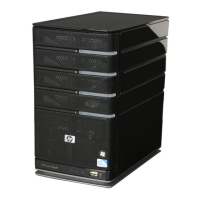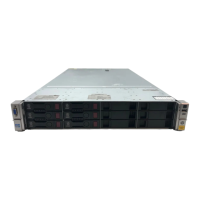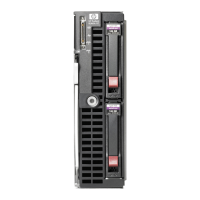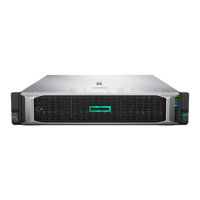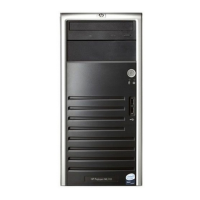UNIX File System Management
122 NAS 1000s Administration Guide
Example using User1 and Group1:
— Make sure that the Windows User1 is mapped to the corresponding UNIX User1.
— Make sure that the Windows Group1 is mapped to the corresponding UNIX Group1.
— Make sure that User1 is a member of Group1 on both Windows and UNIX.
■ Map properly
— Valid UNIX users should be mapped to valid Windows users.
— Valid UNIX groups should be mapped to valid Windows groups.
— Mapped Windows user must have the Access this computer from the Network
privilege, or the mapping will be squashed.
— The mapped Windows user must have an active password, or the mapping will be
squashed.
Creating and Managing User and Group Mappings
To set up and manage user name mappings:
1. From the WebUI, select Shares, Sharing Protocols. Select NFS Protocol and then click
Properties. The NFS Properties menu is displayed.
2. In the NFS Properties Menu, select User and Group Mappings. The User and Group
Mappings dialog box is displayed.
There are four tabs in the User and Group Mappings dialog box:
■ General information—Sets the mapping information source, which is either NIS or
password and group files.
■ Simple Mapping—Indicates whether simple mappings are being used.
■ Explicit User Mapping—Lists exceptional user mappings that will override the
simple user mappings.
■ Explicit Group Mapping—Lists exceptional group mappings that will override the
simple group mappings.
Each of these tabs is discussed in the following sections.
3. Enter mapping information on the appropriate tabs, then click OK.
General Information
The NAS 1000s stores the mapping data in an NTFS file system. The user name mapping
server translates the UNIX users into Windows users so that the server can determine user
access rights to the data.
Within this initial screen, indicate whether the source of mapping information is an NIS server
or is a special file with password and group information.
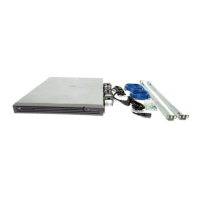
